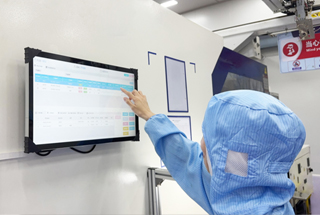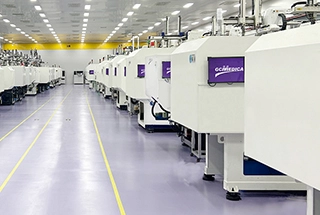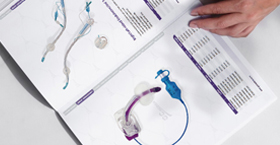Disposable laparoscopic instruments have revolutionized minimally invasive surgery by offering cost-effective, sterile, and reliable tools that eliminate the need for reprocessing. These instruments are designed for single use, ensuring the highest level of patient safety and reducing the risk of cross-contamination. Below is an overview of their features, applications, and advantages, followed by a detailed table summarizing common types of disposable laparoscopic instruments.
Disposable laparoscopic instruments are typically manufactured from high-grade stainless steel or medical‑grade polymers, offering a combination of rigidity and ergonomics. Because they are pre‑sterilized and individually packaged, they streamline operating room workflows and reduce turnaround time between procedures. This also minimizes instrument inventory management and maintenance costs, freeing up resources for patient care rather than logistics.
Surgeons can choose from a wide array of disposable tools to suit various procedures, including graspers, scissors, needle holders, trocars, and suction‑irrigation devices. Many instruments have ergonomic handles and insulated shafts to enhance maneuverability and safety during electrosurgical applications. Since these instruments come ready to use, there is no need for assembly or disassembly, further reducing the potential for human error.
Environmental concerns have led some manufacturers to adopt recyclable materials or to implement take‑back programs for plastic components. Nonetheless, the single‑use model remains popular due to its uncompromising reliability and consistent performance. Hospitals and ambulatory surgical centers often report lower overall costs when factoring in sterilization, repair, and inventory management of reusable instruments.
Key Advantages of Disposable Laparoscopic Instruments
Patient Safety: Guaranteed sterility for each procedure, virtually eliminating infection risk.
Operational Efficiency: No reprocessing delays—immediate availability and simplified logistics.
Cost Management: Predictable per‑case costs; no repair or maintenance expenses.
Consistent Performance: Uniform quality and sharpness, avoiding instrument fatigue.
Regulatory Compliance: Simplified documentation for instrument tracking and disposal.
Below is a summary table of common disposable laparoscopic instruments, their typical uses, materials, and packaging details.
| Instrument Type | Common Use | Material | Packaging | Sterility Assurance |
|---|---|---|---|---|
| Disposable Grasper | Tissue grasping and manipulation | Medical‑grade polymer | Individual peel‑pouch | Ethylene oxide sterilization |
| Disposable Scissors | Cutting tissue, sutures, and membranes | Stainless steel blades | Rigid tray with film cover | Gamma irradiation |
| Disposable Needle Holder | Suturing and knot tying | Insulated stainless steel | Blister pack | Ethylene oxide sterilization |
| Disposable Trocar & Cannula | Port establishment and instrument entry | Polycarbonate + silicone | Sealed disposable tray | Gamma irradiation |
| Disposable Suction‑Irrigator | Fluid removal and cavity irrigation | PVC tubing, polymer handle | Sterile pouch | Ethylene oxide sterilization |
| Disposable Clip Applier | Vascular and ductal clipping | Polymer body, metal jaw | Clamshell blister pack | Gamma irradiation |
| Disposable Electrocautery Hook | Precise tissue dissection and coagulation | Insulated stainless steel | Peel pouch | Ethylene oxide sterilization |
In conclusion, disposable laparoscopic instruments provide an optimized balance between safety, performance, and cost‑effectiveness. Their single‑use nature addresses sterility concerns, streamlines surgical workflows, and ensures consistent quality for each operation. As minimally invasive surgery continues to expand across specialties, the adoption of disposable instruments is likely to grow, supported by ongoing innovations in materials and environmental management.
Related Recommendations
- PERIDOT Suction Irrigation Set
- CITRINE Suction Irrigation Set
- EMERALD Suction Irrigation Set
- High Flow Heated Insufflation Tube


 Français
Français Español
Español Products
Products

 About Us
About Us











